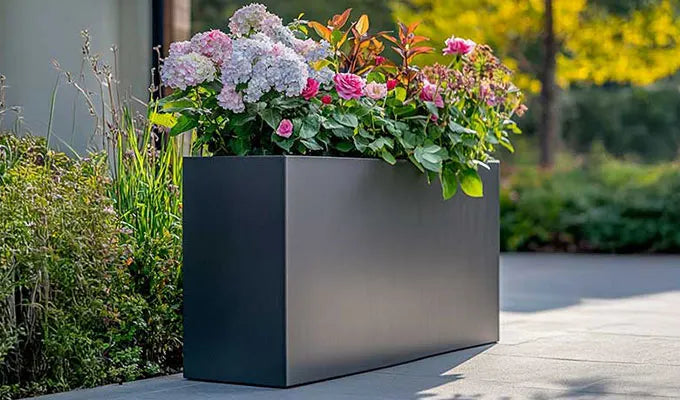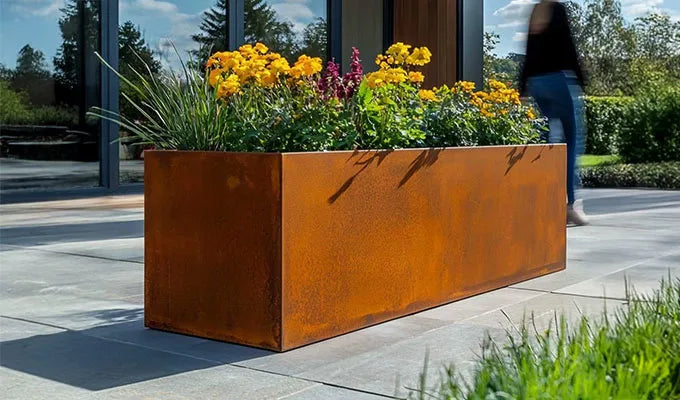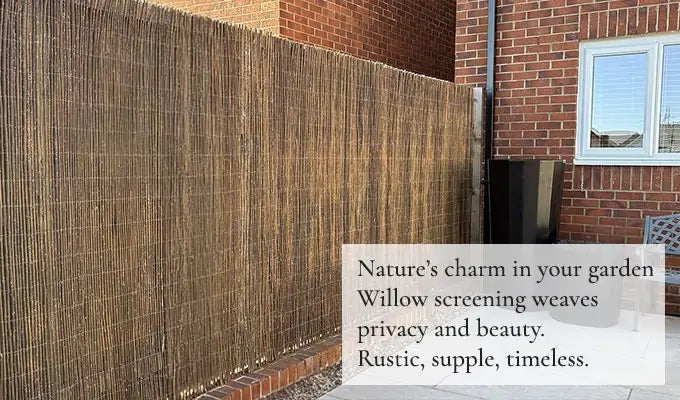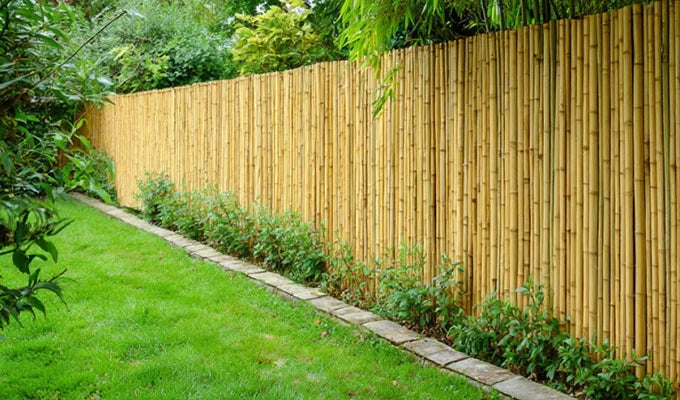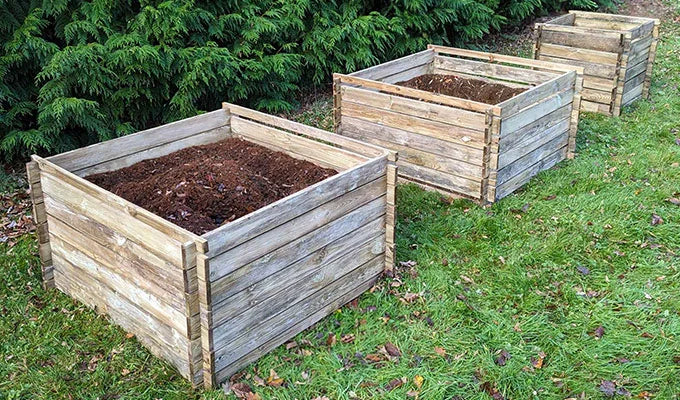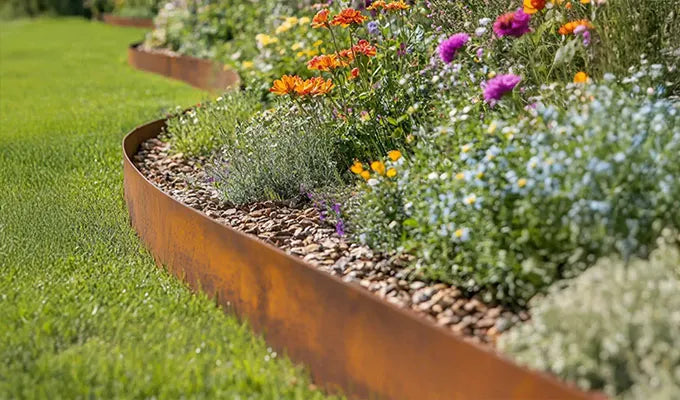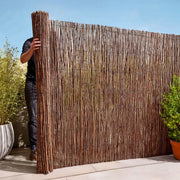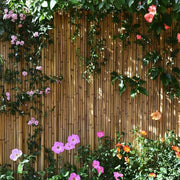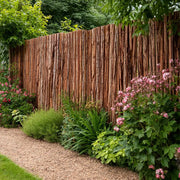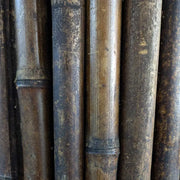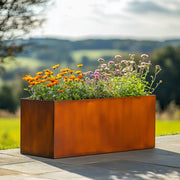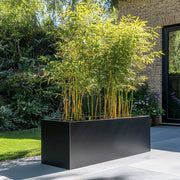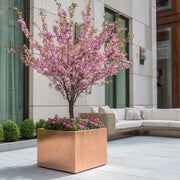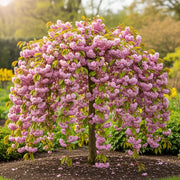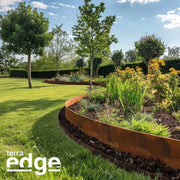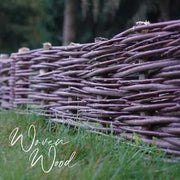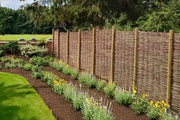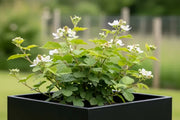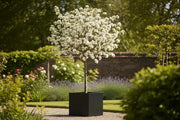Why Choose a Wooden Trellis Planter?
When space is tight—and privacy tighter—vertical gardening steps in as both problem-solver and design statement. Few solutions work harder (or look better) than trellis planters: self-contained boxes that support soil at the base and a climbing framework above. In one tidy footprint you can cultivate vines, flowers, or edibles and create an instant green screen that rivals a fence.
A trellis planter combines a roomy soil box with an integrated climbing frame, so you gain the rooting depth of a raised bed and the vertical reach of a fence in a single, compact footprint. Because everything is self-contained, you don’t need separate posts or wall fixings, making it ideal for patios and balconies where every square metre counts. Add lockable wheels and the unit becomes a moveable green screen: wheel it into position for instant privacy, rotate it to chase the sun or shelter tender plants, and clear it aside when you need extra floor space for gatherings. Over time a well-chosen climber transforms the planter into a fragrant, wildlife-friendly wall of foliage—delivering the decorative punch of a mature hedge far sooner and with far less hassle.
Material: Why Wood Wins
While metal and plastic are also options, timber still leads the pack for most gardeners. When you’re pairing a container with a climbing frame, wood is the only material that actively works with the plants rather than against them. Timber boards breathe, so moisture can wick away instead of condensing against a slick metal or plastic surface; they also insulate the root zone, smoothing out the midday heat spikes and night-time chills that stress containerised vines. The fibrous surface gives tendrils and aerial roots a texture they can grip, helping climbers find their way upward without a maze of extra ties.
Put simply, a treated-pine trellis planter offers the warmth and plant-friendly microclimate that only wood can provide, but with a toughness approaching that of composite materials—all at a price that lets you build an entire run of living screens without depleting your budget.
What kind of plants are best for a wooden trellis planter?
For fast growth, go with annual climbers. Sweet peas perfume spring patios while scarlet runner beans, morning glory and black-eyed Susan vine are good in summer, covering a two-metre frame in six weeks. Annual climber though, as the name implies, do not last the winter, and you'll have to start afresh each year.
For continuous privacy choose evergreen or semi-evergreen perennials. Star jasmine (Trachelospermum jasminoides) keeps glossy foliage all year and tolerates root confinement, as does hardy clematis armandii. Carefully managed ivy offers dense cover but need an annual haircut to stay tidy.
If fragrance tops your wish-list, plant honeysuckle, climbing roses such as ‘Zephirine Drouhin’, or winter-blooming sweet box (Sarcococca confusa) trained fan-style against the lattice. Their woody bases enjoy the insulating buffer timber provides, and scented flowers drift across seating areas.
Finally, crops can create edible walls that earn their keep twice. Cordoned cherry tomatoes, dwarf French beans, cucumbers and others thrive in the deep, fertile compost of a planter, while leaves get superb airflow that deters mildew.
Conclusion
Trellis planters condense the function of a raised bed and the drama of a vertical garden into one manoeuvrable unit. Whether you’re chasing privacy, fragrance, or edible abundance, a wooden trellis planter—especially on wheels—lets you green any corner of a balcony, patio, or terrace with speed and style.
Roll one into place, plant it up, and watch as your once-exposed space transforms into a lush living screen—garden décor that grows more beautiful every day.

